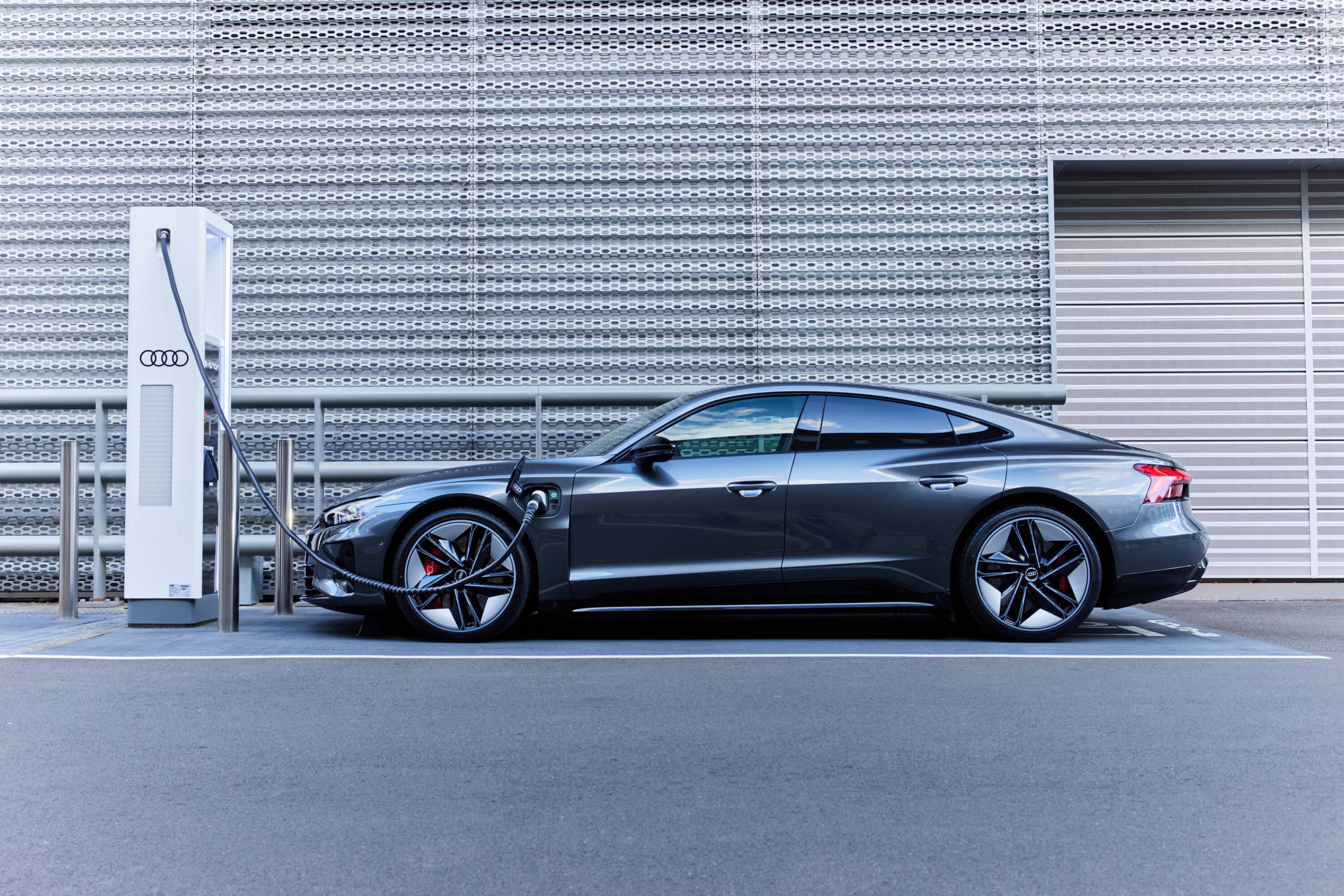
Here’s the what’s-watt on EV charging speeds
Snapshot
- Higher numbers don’t always mean fastest charging
- A variety of factors impact charging times and not achieve advertised speeds
- EVs should mainly slow charge at home or work, fast charging rarely needed
As Australia’s electric vehicle market grows, you’ll read more about kilowatts (kW) and kilowatt-hours (kWh) – instead of fuel litres (L).
The amount of power an EV battery can store dictates how far you can drive before needing to plug in for a recharge, just like the volume of a fuel tank.
But, it’s also important to also consider how long it takes to charge – especially when you venture on long road trips that are beyond the driving range limits of an EV and require public charging stops.
Here’s the top fastest-charging EVs in Australia, what contributes to charging speeds, and what to consider when making the electric switch.
JUMP AHEAD
This is a detailed story, but our index of jump links right here will help you skip to the parts you need most.
- ⏱️ The fastest-charging EVs in Australia
- ? AC vs DC explained
- ? What impacts charging speeds?
- ⚡️ Charging power (kW) and force (V)
- ? 400- vs 800-volts: Which is better?
- ? Why higher numbers aren’t always fastest
- ? Knowledge is power
- ? How much does charging cost?
- ? Time to make the electric switch?
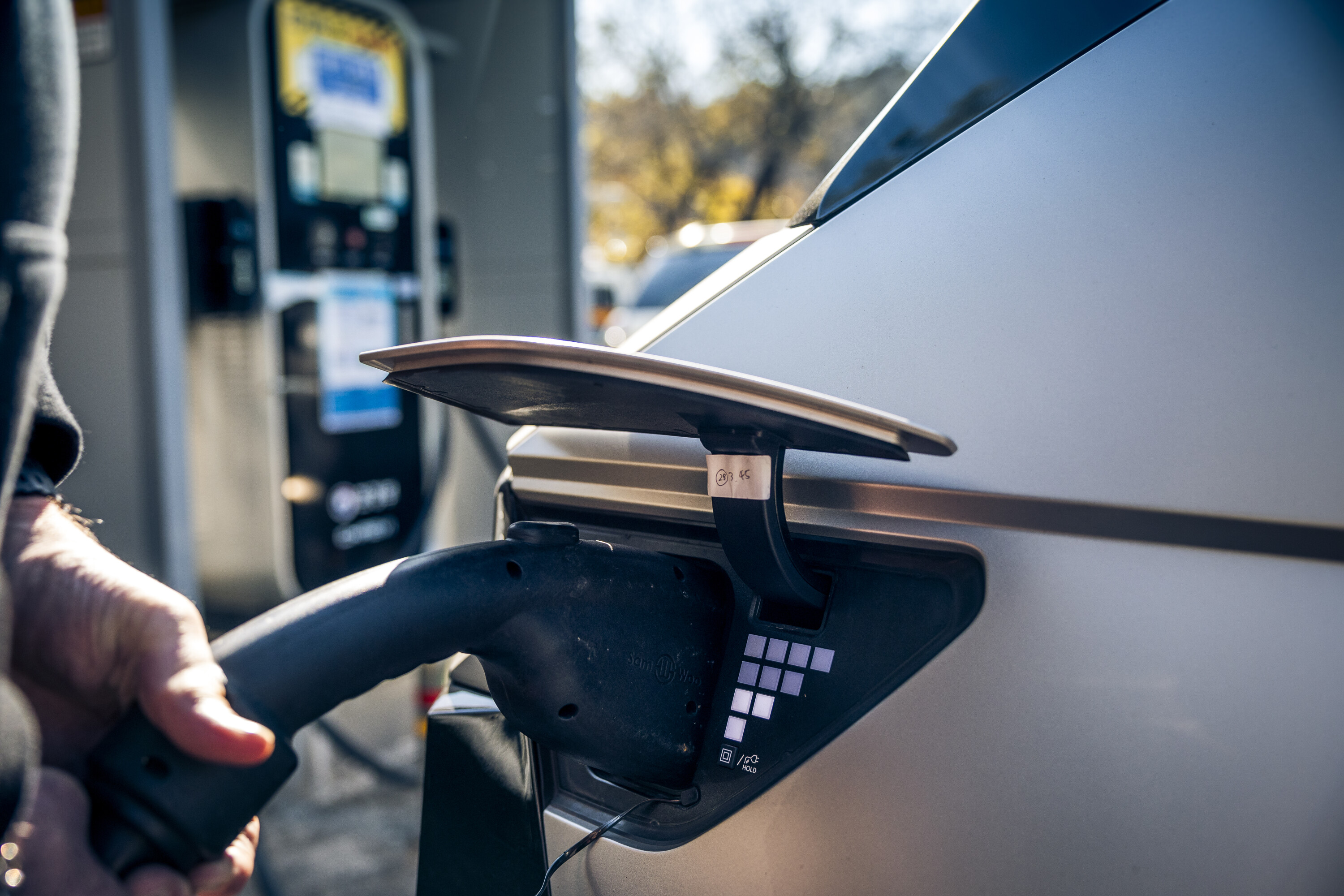
⏱️ The fastest-charging EVs in Australia
These EVs boast a claimed 10 to 80 per cent charge time of 30 minutes or less, according to each manufacturer.
In order to achieve the claimed speeds, the vehicle must be plugged into a DC (direct current) fast charging station that outputs the same or higher power rate than the maximum DC charging input capability of each model (as detailed below).
Figures are correct as at the time of publication and apply to all variants of each model, unless otherwise stated. Charging times are claimed by each automaker, but may differ in reality.
1While Hyundai, Kia and Genesis claim their EVs are ‘compatible’ with a 350kW DC charging station, the real-world peak charging rate is actually 240kW DC
2Usable battery size unknown
3Manufacturer has not detailed a 10 to 80 per cent charge time
- Hyundai Ioniq 5 – 18 minutes (10-80% time) 54/74kWh usable battery (size) | max 350kW DC1 (peak charging speed)
- Hyundai Ioniq 5 N – 18 minutes 80kWh usable battery | max 350kW DC1
- Hyundai Ioniq 6 – 18 minutes 53kWh (gross)2/74kWh usable battery | max 350kW DC1
- Kia EV6 – 18 minutes 74kWh usable battery | max 350kW DC1
- Genesis GV60 – 18 minutes 74kWh usable battery | max 350kW DC1
- Genesis Electrified GV70 – 18 minutes 74kWh usable battery | max 350kW DC1
- Lotus Eletre – 18 minutes 109kWh usable battery | max 350kW DC
- Kia EV9 (Air only) – 20 minutes 76.1kWh (gross) battery2 | max 350kW DC1
- Genesis Electrified G80 – 22 minutes 82.5kWh usable battery | max 350kW DC1
- Porsche Taycan – 22.5 minutes (5-80%)3 71/83.7kWh usable battery | max 270kW DC
- Porsche Taycan Cross Turismo – 22.5 minutes (5-80%)3 83.7kWh usable battery | max 270kW DC
- Audi E-Tron GT – 23 minutes (5-80%)3 85kWh usable battery | max 270kW DC
- Kia EV9 (Earth and GT-Line only) – 24 minutes 96kWh usable battery | max 350kW DC1
- BYD Seal (Premium and Performance only) – 26 minutes (30-80%)3 82.56kWh usable battery | max 150kW DC
- Volvo EX30 – 27 minutes 64kWh usable battery | max 153kW DC
- Volvo XC40 Recharge – 27 minutes 66/79kWh usable battery | max 130/200kW DC
- Volvo C40 Recharge – 27 minutes 66/79kWh usable battery | max 130/200kW DC
- MG 4 (Excite 64 and Essence 64 only) – 28 minutes 62.1kWh usable battery | max 140kW DC
- Audi Q4 E-Tron – 28 minutes 77kWh usable battery | max 135/175kW DC
- Polestar 2 (Long Range Single Motor and Dual Motor only) – 28 minutes 79kWh usable battery | max 205kW DC
- BYD Atto 3 (Extended Range only) – 29 minutes (30-80%)3 60.48kWh usable battery | max 80kW DC
- BYD Dolphin (Premium only) – 29 minutes (30-80%)3 60.48kWh usable battery | max 80kW DC
- BMW iX1 – 29 minutes 64.7kWh usable battery | max 130kW DC
- Peugeot E-2008 – 30 minutes (0-80%)3 46.3kWh usable battery | max 100kW DC
- Peugeot E-Partner – 30 minutes (0-80%)3 46.3kWh usable battery | max 100kW DC
- Tesla Model 3 – ~30 minutes (estimated) 57.5/75kWh usable (estimated) battery | max 170/250kW DC
- Tesla Model Y – ~30 minutes (estimated) 57.5/75kWh usable (estimated) battery | max 170/250kW DC
- Renault Megane E-Tech – 30 minutes 60kWh usable battery | max 130kW DC
- BMW iX2 – 30 minutes 64.7kWh usable battery | max 130kW DC
- Mercedes-Benz EQA – 30 minutes 66.5kWh usable battery | max 100kW DC
- Mercedes-Benz EQB – 30 minutes 66.5kWh usable battery | max 100kW DC
- BMW i5 – 30 minutes 81.2kWh usable battery | max 250kW DC
- Polestar 3 – 30 minutes 107kWh usable battery | max 250kW DC
- Lexus RZ – 30 minutes (20-80%)3 64kWh usable battery | max 150kW DC
- Subaru Solterra – 30 minutes (20-80%)3 64kWh usable battery | max 150kW DC
Want more detail? Let’s take a look at how EV charging times are determined below.
? AC vs DC explained
This story focuses on ‘DC’ fast charging, but what’s the difference with ‘AC’ power? And, what’s a ‘usable’ versus ‘gross’ battery? Learn more in our guide linked below.
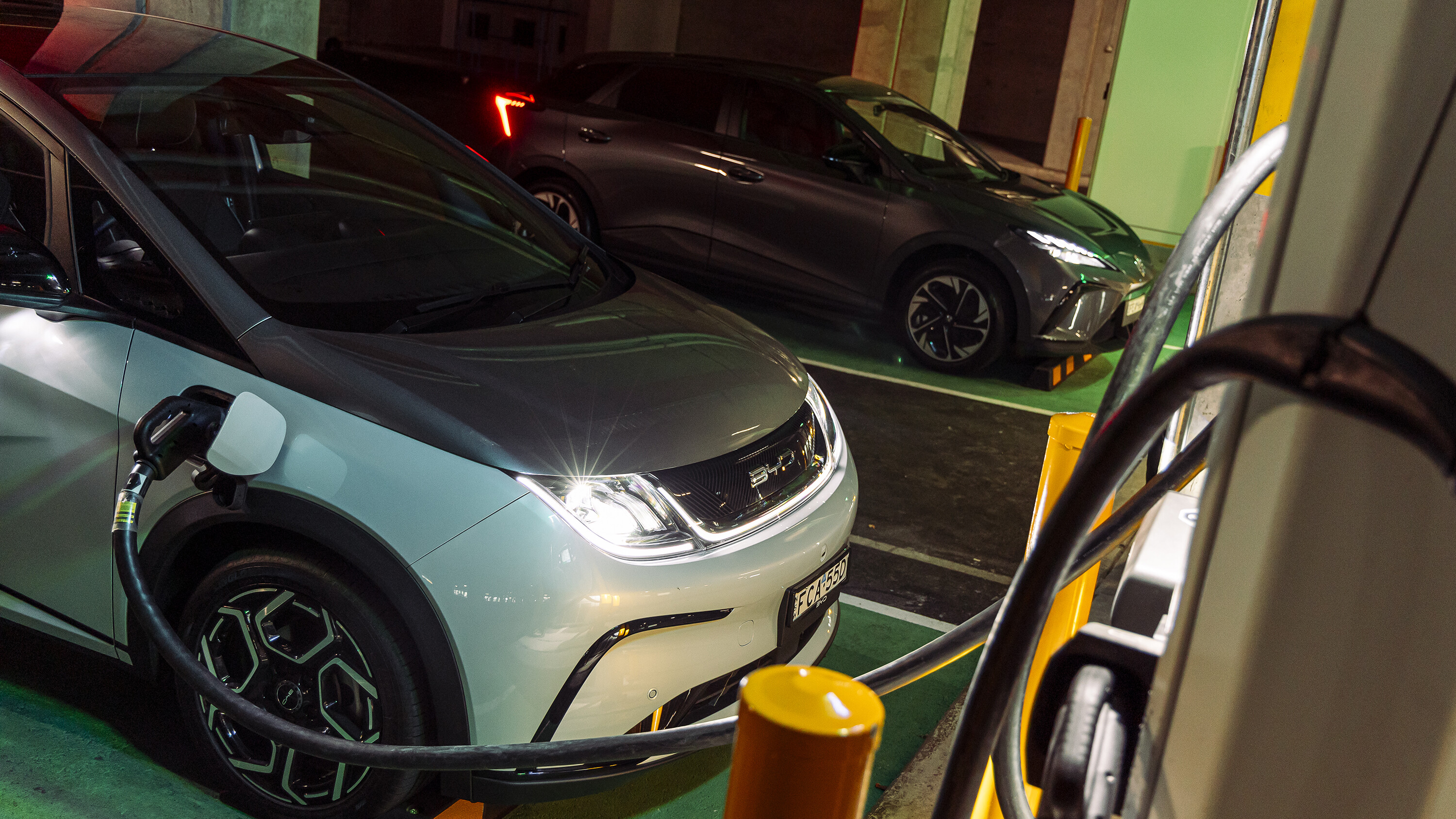
? What impacts charging speeds?
How fast an EV recharges all depends on the power source output and model power input capabilities.
Electricity flows from the grid via distribution lines, to voltage transformers, the power outlet or charging station, and then via a cable into the vehicle.
Then, the EV’s battery management system (BMS) software controls the rate of volts and amps coming in (explained below).
If on slow AC power, an inverter also converts the energy to DC power to store in the battery.
This energy transfer process contains about 10 to 15 per cent charging losses and ultimately impacts the speed of charging, expressed in the number of kilowatts (kW).
✋ The limits of EV charging speeds
- Charging station output – the AC/DC charging station has a maximum energy speed output (kW) based on the stall and grid connection capabilities
- Vehicle power input – each model has maximum slow AC and fast DC charging speed capabilities, which is the fastest rate a vehicle can take in under optimum conditions
- Battery percentage – batteries are more stressed out at a higher percentage, so the BMS will slow down the charging speed over time, especially between 80 to 100 per cent, to maintain a healthy battery
- Battery temperature – if cells are outside their optimum temperature range (too hot or too cold), the BMS will throttle the power input, regardless of how fast a charging station can output
- Charging station output – the AC/DC charging station has a maximum energy speed output (kW) based on the stall and grid connection capabilities
- Vehicle power input – each model has maximum slow AC and fast DC charging speed capabilities, which is the fastest rate a vehicle can take in under optimum conditions
- Battery percentage – batteries are more stressed out at a higher percentage, so the BMS will slow down the charging speed over time, especially between 80 to 100 per cent, to maintain a healthy battery
- Battery temperature – if cells are outside their optimum temperature range (too hot or too cold), the BMS will throttle the power input, regardless of how fast a charging station can output
This is all controlled by the BMS, since how efficiently the cooling system moves heat away from the individual battery cells can affect the charging speed to avoid stressing the cells while charging, causing excessive degradation, and maintaining good thermal safety.
Cooling systems can also be reversed to warm the battery during very cold weather.
Some EVs, including the BYD Atto 3, Tesla Model 3 and Hyundai Ioniq 5, include heat pumps as standard – which is a more energy efficient way to heat or cool the interior air-conditioning and the battery pack by repurposing waste heat from the electric drive unit.
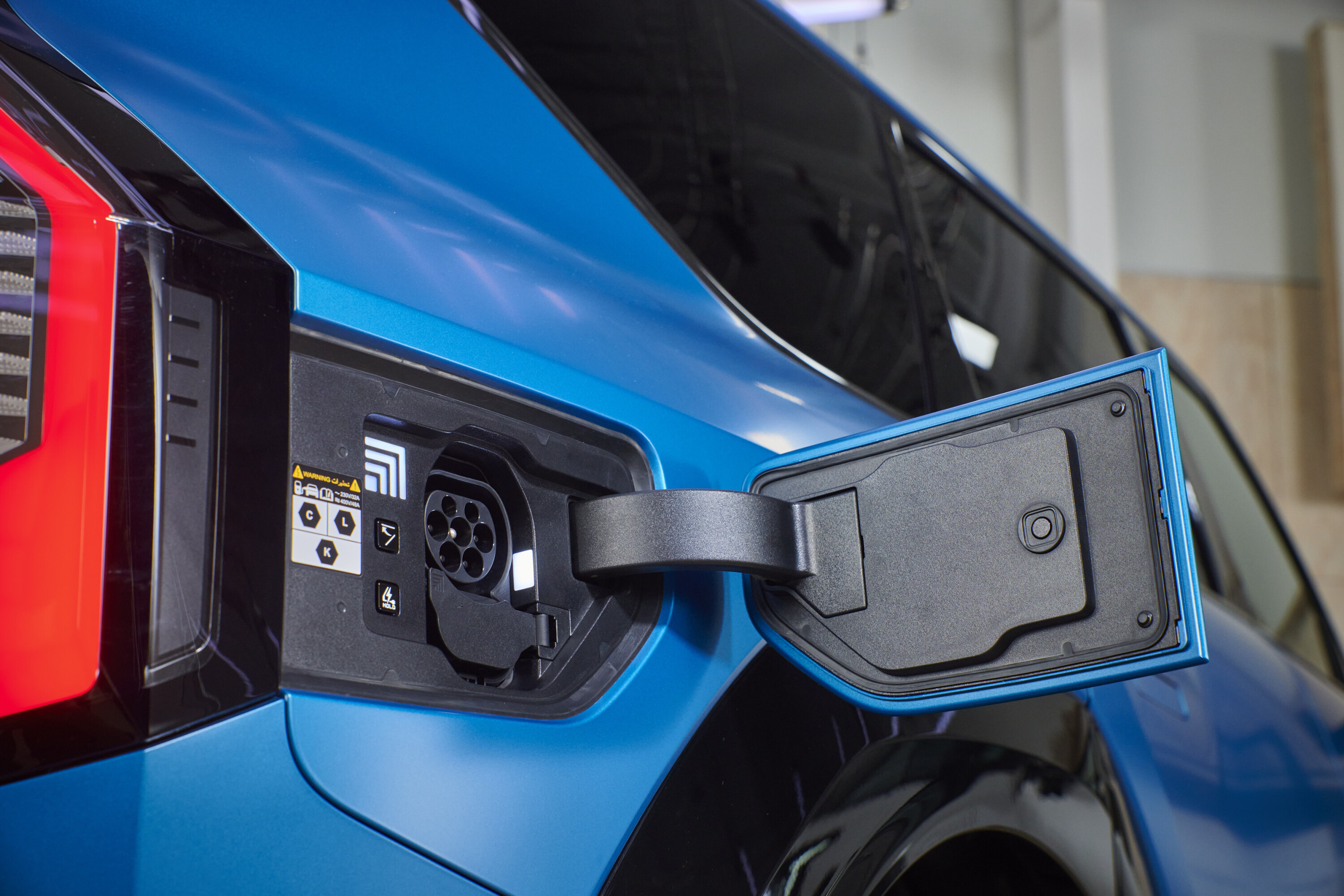
⚡️ Charging power (kW) and force (V)
How fast electricity is delivered to an electric car is similar to filling a drink bottle.
- Current (amps) is like the water quantity flow
- Voltage (V) is akin to the amount of water pressure
- Current (amps) is like the water quantity flow
- Voltage (V) is akin to the amount of water pressure
For example, plugging in from 10 to 80 per cent typically takes the same time as the last 20 (going from 80 to 100 per cent) – which can effectively double your waiting time for not much range gain, unless a full charge is necessary.
This is why 10 to 80 per cent charging times are mostly quoted, as it offers the best range-for-time value.
Additionally, the higher the ‘pressure’ of current, the faster electrons can be charged into the battery – enabling more driving range to be pushed into the cells in a shorter time.
That’s the ‘secret sauce’ to the circa-20 minute rapid charging times of models, such as the Hyundai Ioniq 6, Porsche Taycan and Lotus Eletre. Unlike most other EVs which use up to 400 volts, they adopt a more advanced 800-volt class battery architecture.
The key word is ‘class’, as 400V and 800V are generalised terms. For example, the 800V class Kia EV6 electric SUV actually has a 697-volt battery system to be exact.
? How to achieve maximum fast charging speeds
- Use a public DC fast charging station that outputs the same or more power than the EV’s maximum DC input capability
- Plug in from a low battery percentage, in warm weather or drive a bit (preferably on highways) before arriving at the station
- On equipped EVs, enable the active battery preconditioning function (usually by navigating to the charging station in the built-in maps or manually) to heat up the battery before arriving (it will use more juice, though)
- Use a public DC fast charging station that outputs the same or more power than the EV’s maximum DC input capability
- Plug in from a low battery percentage, in warm weather or drive a bit (preferably on highways) before arriving at the station
- On equipped EVs, enable the active battery preconditioning function (usually by navigating to the charging station in the built-in maps or manually) to heat up the battery before arriving (it will use more juice, though)
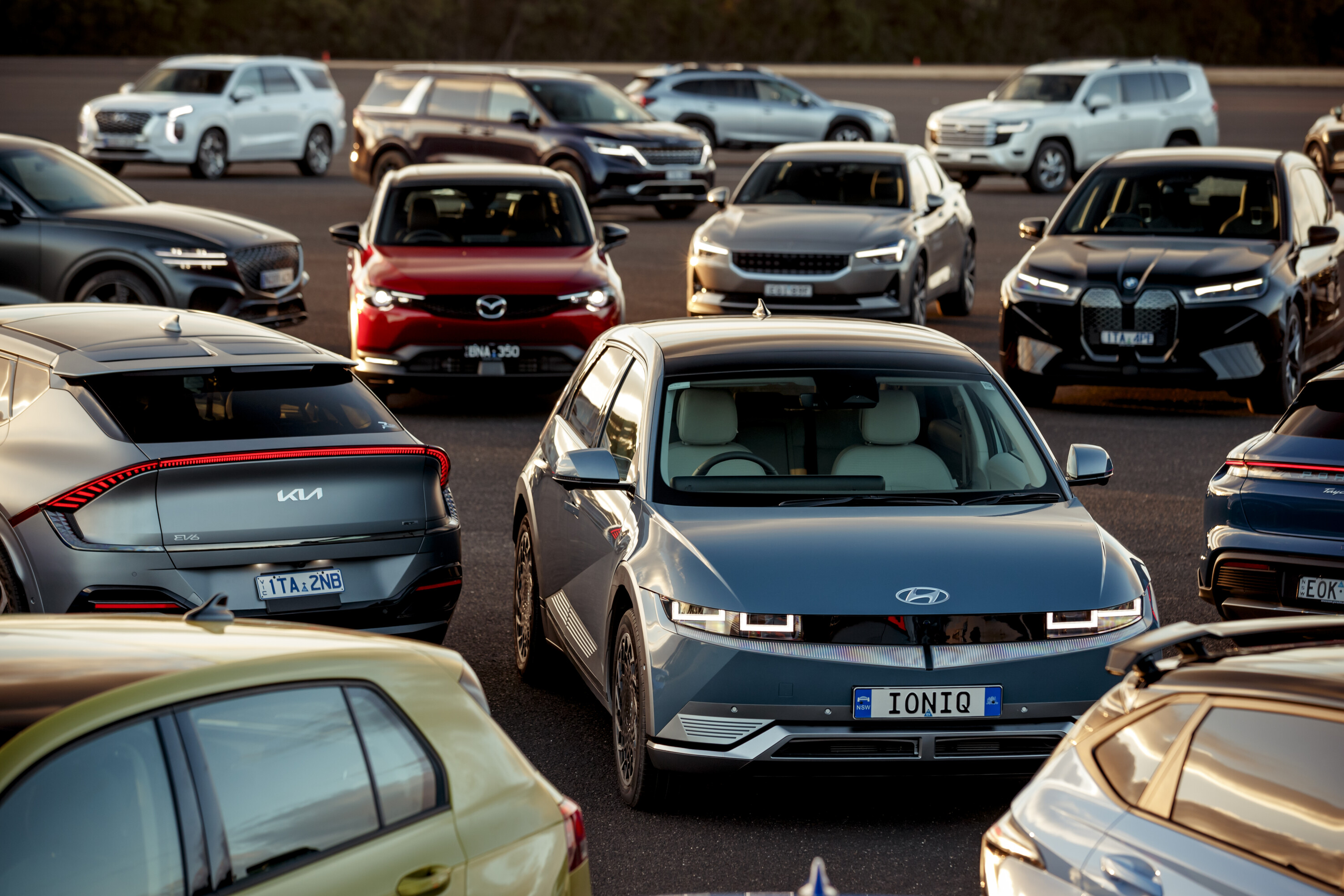
? 400- vs 800-volts: Which is better?
An 800-volt class electric car may seem superior, but it doesn’t always result in a faster charging time.
Standard 400V class EVs, such as Tesla Model Y (Long Range and Performance), Polestar 3, and Volvo EX90 can reach ultra-rapid 250kW DC speeds – so what’s the difference?
They require pulling more current, which generates more heat for the battery and could trigger the BMS to throttle down the charging power – resulting in a theoretically slower overall charge time than an 800V EV.
An 800V class battery architecture is more expensive, but theoretically allows for sustained high charging speeds for longer – even when connected to the more common 400V DC public charging stations (after conversion).
It produces less heat, enables thinner and lighter charging cables (if the station is exclusively 800V), and is advantageous for performance driving when discharging, too.
However, there’s a key caveat to the 400- vs 800-volt debate…
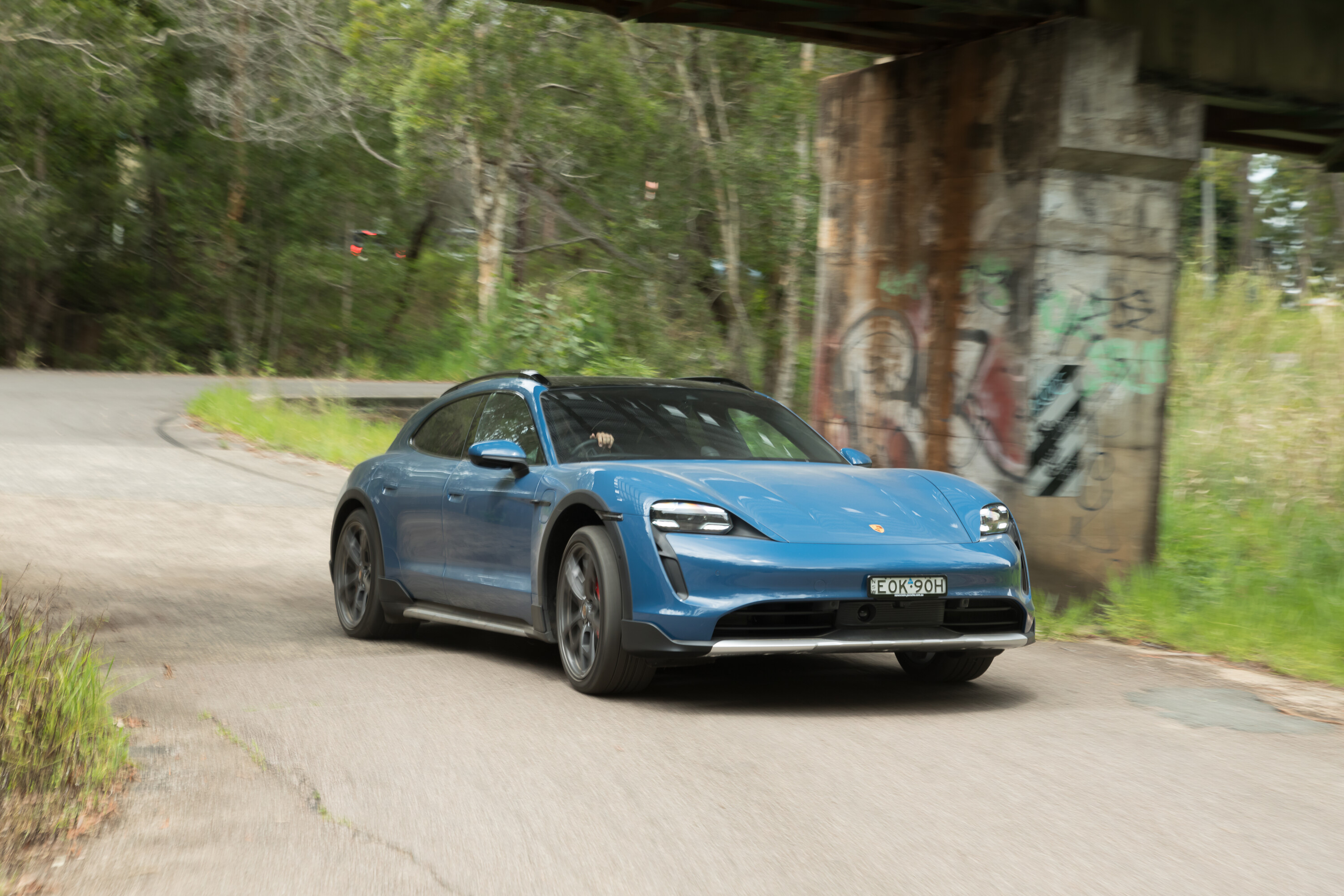
? Why higher numbers aren’t always fastest
Carmakers only quote the maximum charge rate number in kilowatts (kW). But, in reality on a public DC fast charging station, owners will only hit the advertised peak speed under optimum conditions.
In warm climates, after an initial burst, the BMS will progressively slow down charging speeds as the battery fills up and as heat builds up quickly.
In cold climates, the BMS will only accept a very low charge rate at first, before ramping up as the battery heats up, and slow again as a higher percentage is reached.
As demonstrated by the previous generation Audi E-Tron SUV’s charging curve graph below, an EV with a 140kW DC peak charging rate can be quicker to charge by sustaining higher speeds for longer – compared to an EV with a faster 200kW DC capability that only peaks for a short period and then dramatically throttles speeds.

Similarly, a smaller battery with a decent enough DC charging speed may take a similar time than a larger battery with faster peak charging capability.
EV content creator Bjørn Nyland [YouTube ↗] found the Tesla Model Y RWD with BYD’s 400V class lithium-iron-phosphate (LFP) Blade Battery (which is unavailable in Australia at the time of publication) can hold the maximum 170kW DC speed until around 48 per cent, before slowing.
This resulted in an overall charging time on par with the larger-battery, 800V class Hyundai Ioniq 6 – demonstrating that 400V EVs can charge as fast too, but not all.
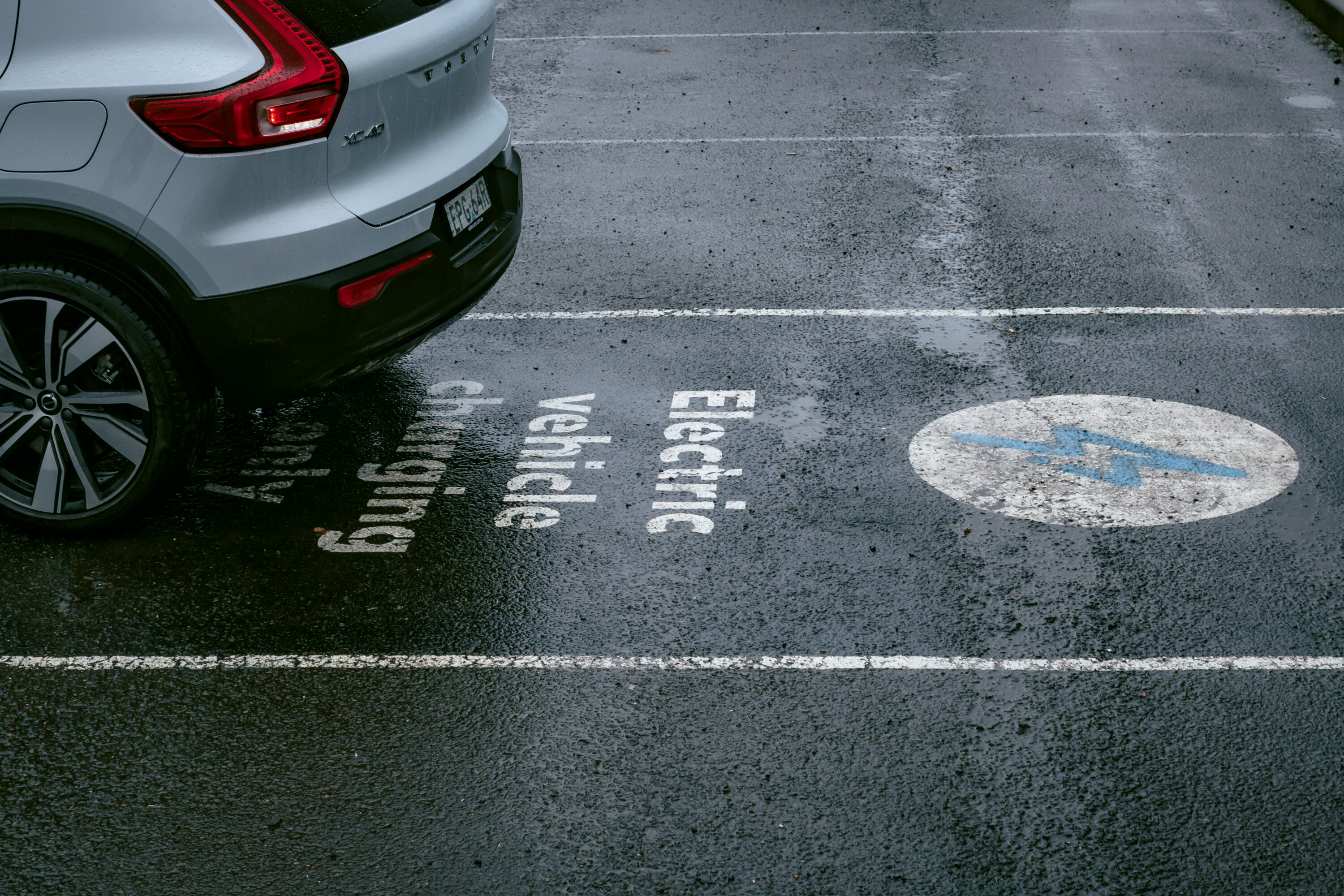
? Knowledge is power
While fast charging specs may seem tempting, remember that speed isn’t everything. Realistically, you don’t always need to charge an EV quickly.
The ideal, cheapest and most convenient way to own an EV is to slow charge at home overnight (or when there’s solar panel energy).
Instead of constantly stopping to refill akin to a petrol or diesel car, a three-pin socket or installed wall box will provide more than enough range at the start of every day for the typical Australian commute.
Frequent fast charging is unhealthy for batteries in the long-run, too.
If you need to rely on public DC fast charging infrastructure when on longer-distance road trips or for work (eg: rideshare drivers), you’ll be taking that charging stop time as an opportunity to take an essential rest break, eat and go to the bathroom.
Adapt to understand kW and kWh of energy – instead of litres of fuel – know the EV’s AC/DC charging limits, and the variety of factors can impact charging times (instead of achieving advertised speeds).
After you’ve learned the basics, charging is quite simple.
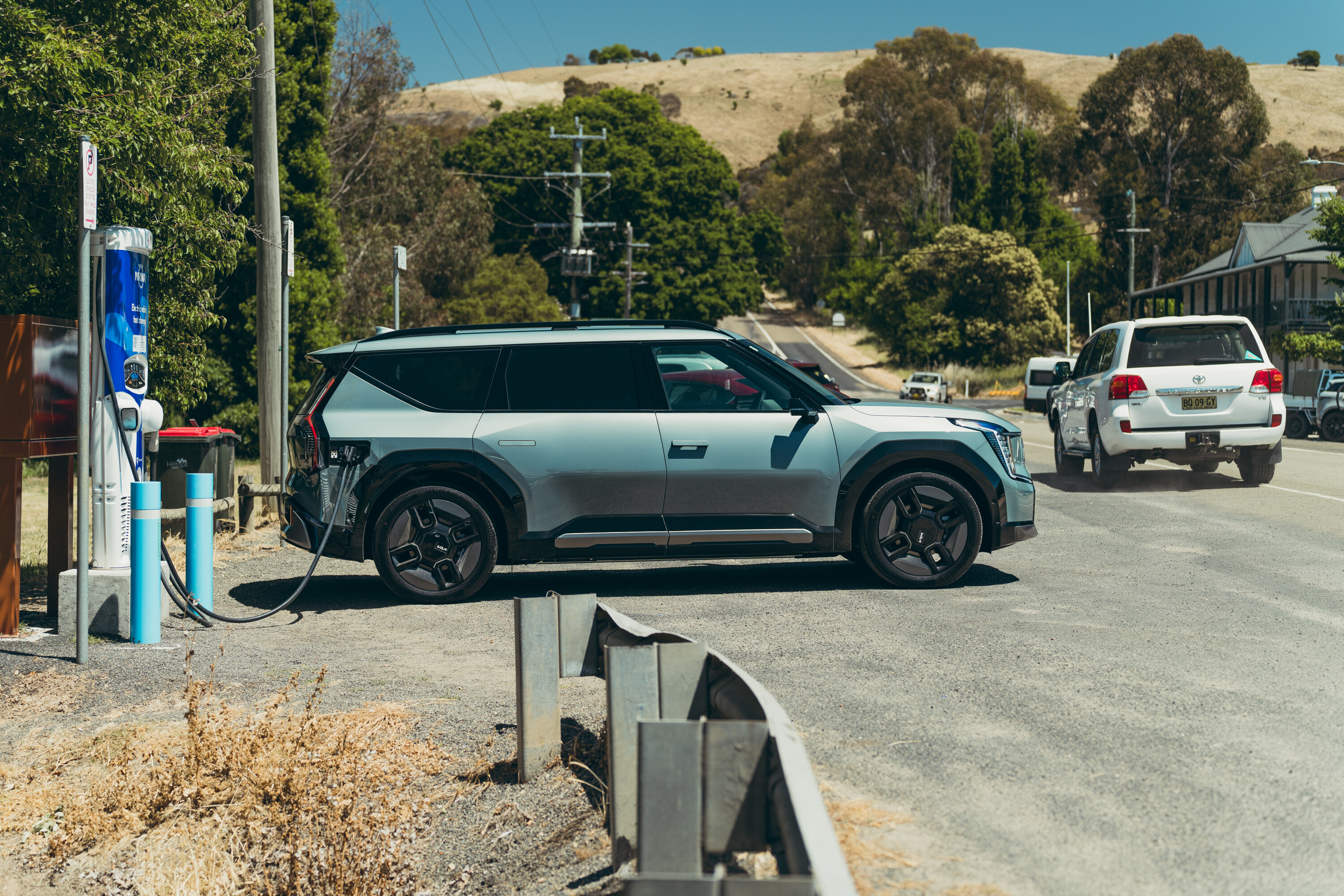
? How much does it cost to charge an EV?
How cheap is it to recharge an electric car? Check out our detailed story linked below to learn more.
? Is it time to make the electric switch?
EVs are not for everyone (for now), but they are right for most.
Driving range, charging etiquette, and battery recycling remain key perceived issues. For more, check out our /Electric hub guides below.
Wheels Media thanks Jordan Hickey and Daniel Gardner for the original version of this story.
We recommend
-
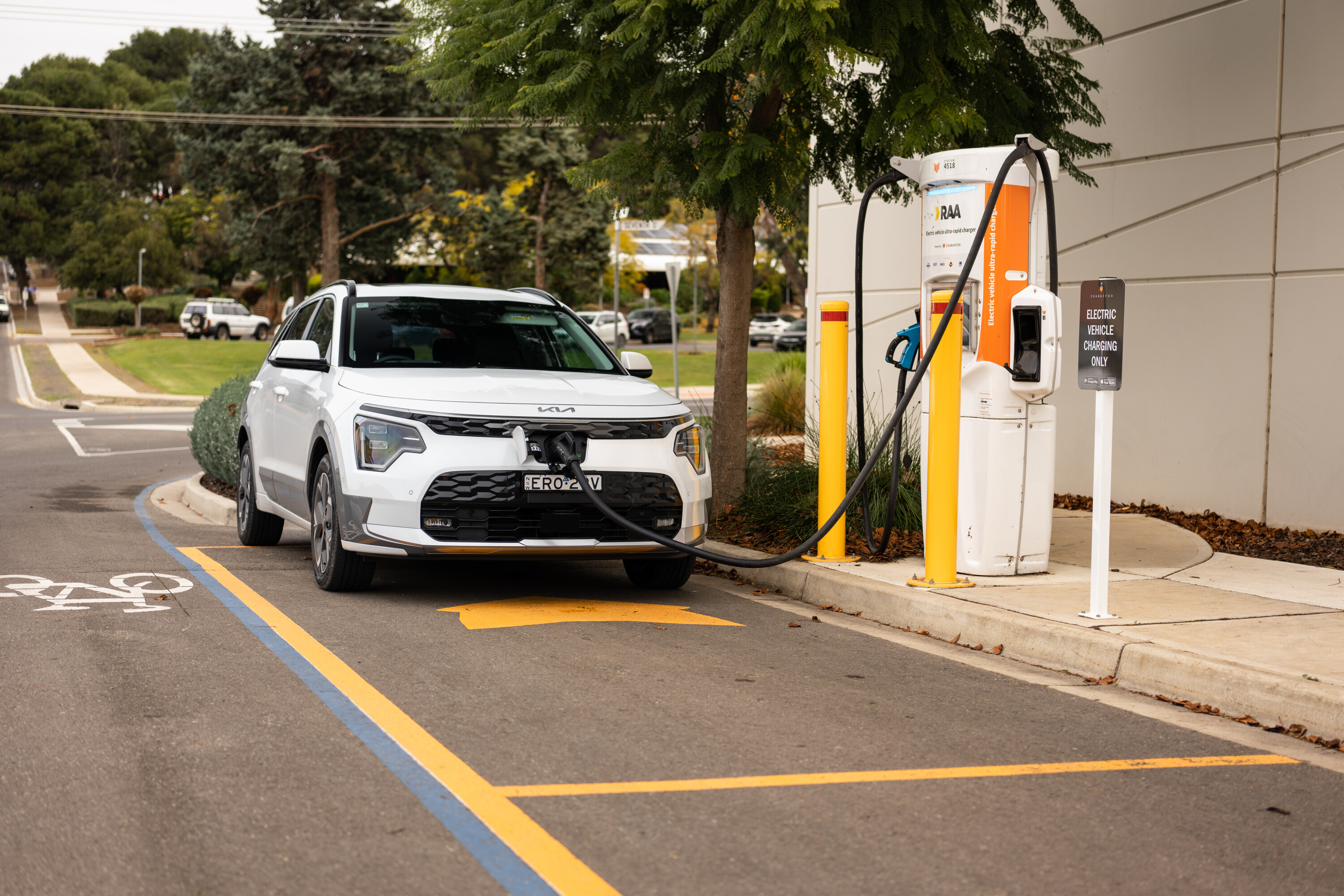 Advice
AdviceWhy are EV chargers unreliable?
Faulty public EV charging stations have been the angst for many critics in the media. Here’s why and what’s being done
-
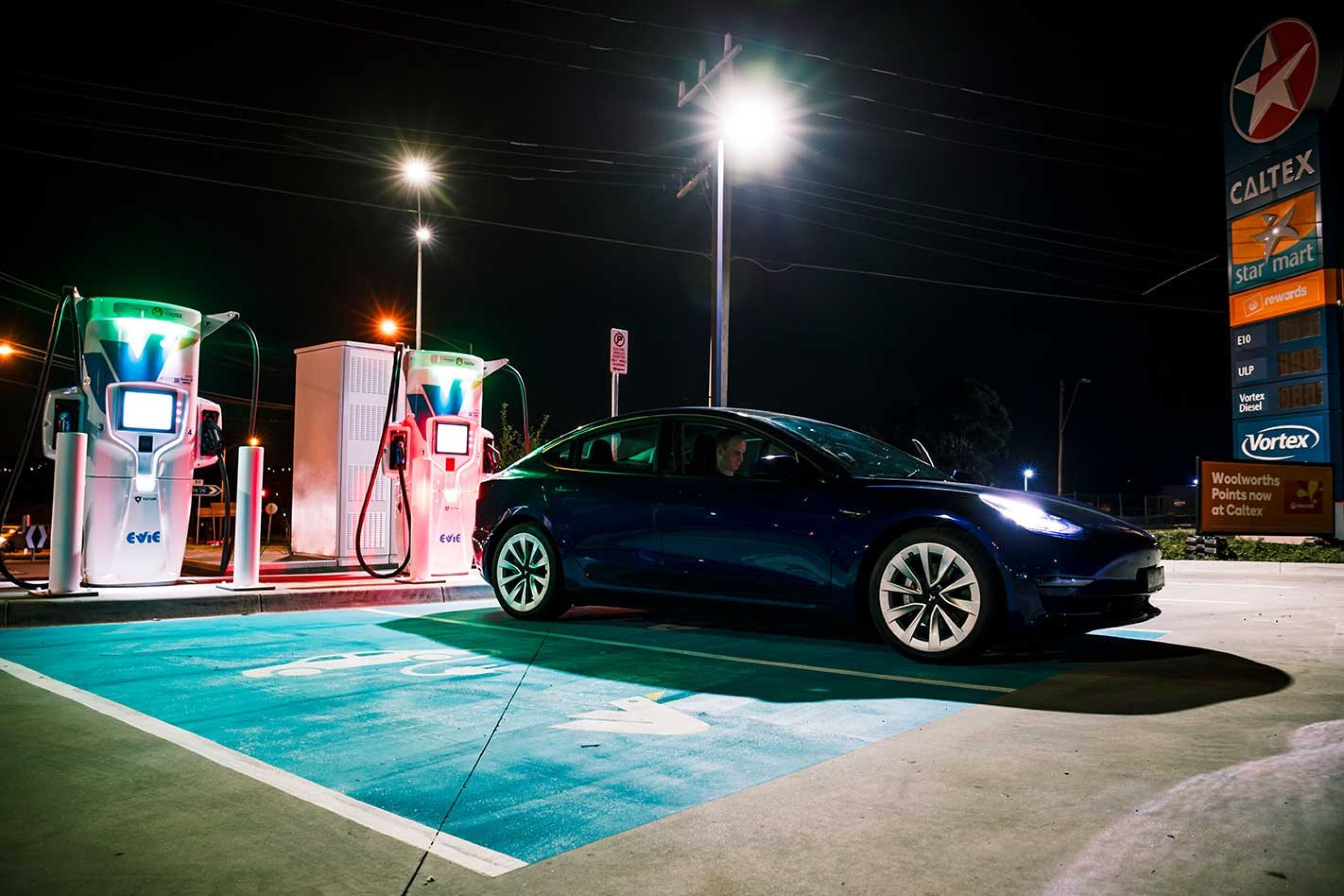 Advice
AdviceAre there enough EV chargers in Australia? Here's your guide
Public EV charging networks are expanding, but there still aren’t enough today. Does that mean you shouldn’t buy an EV?
-
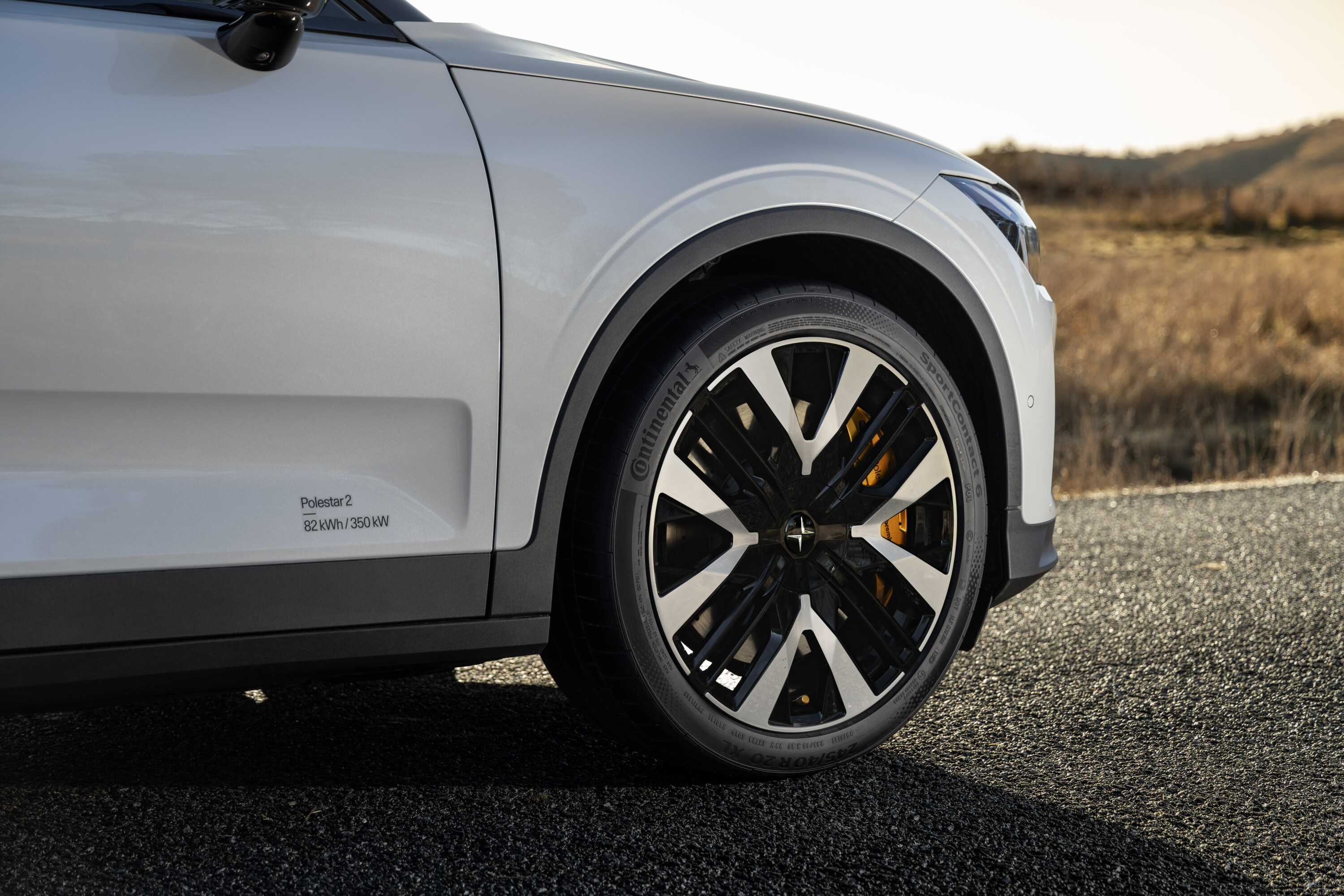 Advice
AdviceElectric car servicing explained: What do EVs cost to maintain?
Do electric cars need regular servicing? What does it include? Is it cheaper to maintain an EV than a petrol or diesel car? Find out in this handy guide




